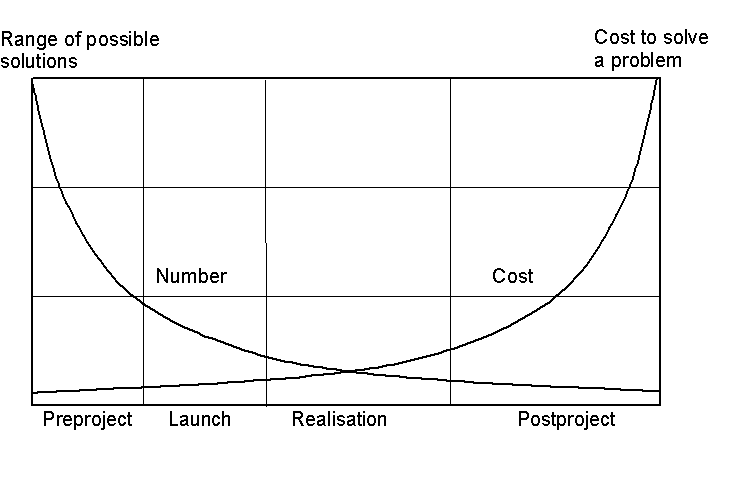Verification - common
What
To verify a product is working properly it is necessary to test the product. A verification contains a number of tests.
How
The dish
Verifying that the product mechanically, electrically and functionally fulfils the requirements from the costumer, the consumer and the authorities.
Ingredients
- Final Contract
- Exact Requirements
- Use Cases
- User Interface Specifications
- Interface specifications for interface to other systems
Process
If prototypes are constructed during the Launch Phase to prove a possible path to solve a given problem, it is especially important for hardware to verify that authoritative requirements are or can be fulfilled. Therefore, it can be necessary to introduce verification as early as in the Launch Phase, but typically verification takes place during implementation of the system-to-be.
Hence in the Realisation Phase before Implementation, you should write a test specification for the parts that will be implemented during each time box.
Write the test specification in such a way that it is possible to answer with a yes, a no, an exact measurement, a screen dump or the like, so there can be no doubt whether the test has passed or not. Specify any conditions that should be set up before running the specific test.
After Implementation conduct a test session running through the test specification. Note all answers. Correct if necessary and re-run the test until all answers are as expected.
When the test passes, run any previously prepared tests to secure that the work in the time box has not introduced malfunctions in previously tested functionality.
Why
Verification during the whole development process is important in order to ensure that the product fulfil all demands from the costumer, the consumers and the authorities. It is important to reveal any divergences from the requirements and expectations that the customer has to the system-to-be as early as possible in the process.
As seen on the figure below the number of possible solutions to correct the divergences are decreasing during development as well as the cost to correct increases. Consequently, if tests that verify the correct implementation are conducted as soon as possible, it will reduce the overall cost and leave the developer with a greater number of ways to solve the flaws.
If the system-to-be has reached the market, it will cost enormously to correct any flaws and additionally it will damage the image of the company.
